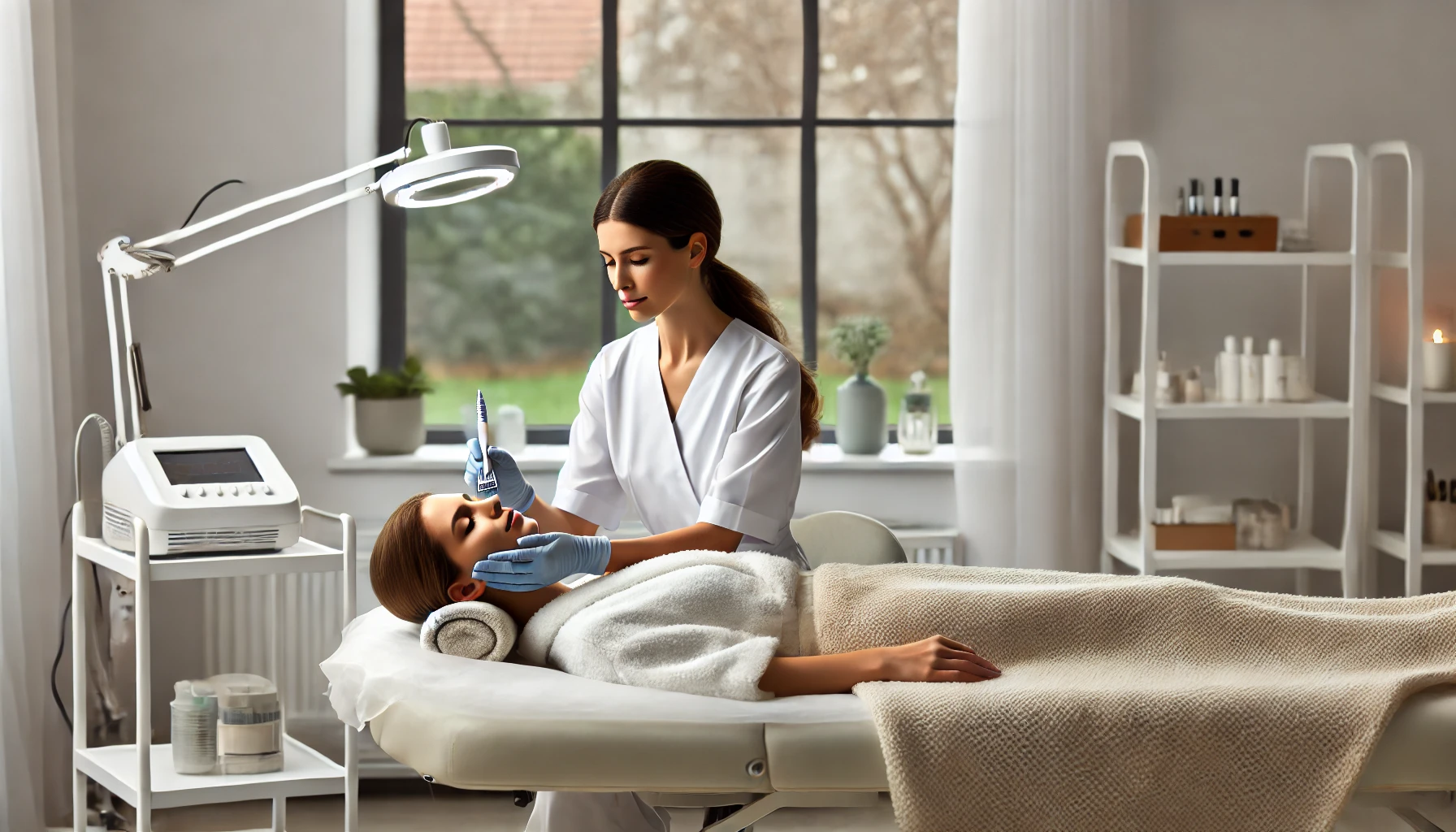Dermaplaning has become a popular skin care treatment for those seeking a smoother, brighter complexion. This non-invasive procedure involves gently exfoliating the skin with a blade to remove dead skin cells and peach fuzz, leaving the face rejuvenated and glowing. But what exactly is dermaplaning, and is it right for you? In this guide, we’ll explore everything you need to know about this trending treatment.
What Is Dermaplaning?
Dermaplaning is a physical exfoliation technique performed using a sterile surgical scalpel. A trained professional or dermatologist uses the blade to lightly scrape off the outermost layer of dead skin cells and fine vellus hair, commonly known as peach fuzz. The result is a smoother skin surface, which enhances the absorption of skin care products and creates a flawless canvas for makeup application.
Benefits of Dermaplaning
- Instant Smoother Skin: By removing dead skin and hair, dermaplaning immediately reveals a soft and smooth texture.
- Brighter Complexion: Exfoliating the outer layer of skin helps to eliminate dullness and promote radiance.
- Enhanced Product Absorption: Skin care products penetrate more deeply, making them more effective.
- Improved Makeup Application: Makeup goes on evenly, without the interference of fine hair.
- Minimally Invasive: The procedure is quick, painless, and requires no downtime.
- Safe for Most Skin Types: Unlike chemical exfoliation, dermaplaning is suitable for sensitive skin when performed correctly.
Risks and Precautions
While dermaplaning is generally safe, it’s important to consider the potential risks:
- Skin Irritation: Over-scraping or improper technique can cause redness or irritation.
- Breakouts: Exfoliating too frequently can disrupt the skin barrier and lead to breakouts.
- Infection: Using unsterilized tools or attempting the procedure at home without proper knowledge can increase infection risk.
- Not Suitable for Active Acne: Dermaplaning can aggravate active acne or spread bacteria across the skin.
How to Prepare for Dermaplaning
- Consult a Professional: Always seek a licensed aesthetician or dermatologist for the procedure.
- Avoid Retinoids and Exfoliants: Stop using these products 3–5 days before your appointment to minimize irritation.
- Cleanse and Hydrate: Arrive at the appointment with clean, hydrated skin.
Aftercare Tips
- Apply Sunscreen: Your skin will be more sensitive to UV rays post-treatment. Use a broad-spectrum sunscreen daily.
- Moisturize Generously: Keep your skin hydrated to promote healing and maintain smoothness.
- Avoid Harsh Products: Skip retinoids, AHAs, or BHAs for at least 48 hours.
- No Makeup: Allow your skin to breathe for 24 hours after dermaplaning.
Can You Do Dermaplaning at Home?
While professional dermaplaning provides the best results, there are tools available for at-home use. However, these tools are less effective and come with a higher risk of improper use. If you decide to try dermaplaning at home, follow these tips:
- Use a dermaplaning razor specifically designed for home use.
- Work on clean, dry skin.
- Avoid sensitive or acne-prone areas.
- Use gentle, short strokes at a 45-degree angle.
Conclusion: Is Dermaplaning Right for You?
Dermaplaning is a fantastic option for those seeking a quick and effective way to achieve smoother, brighter skin. When done by a professional, it’s a safe and minimally invasive treatment suitable for most skin types. However, it’s essential to weigh the risks and follow proper aftercare to enjoy the full benefits.
Whether you’re looking for a confidence boost or a way to enhance your skin care routine, dermaplaning might be the perfect addition to your beauty regimen.


